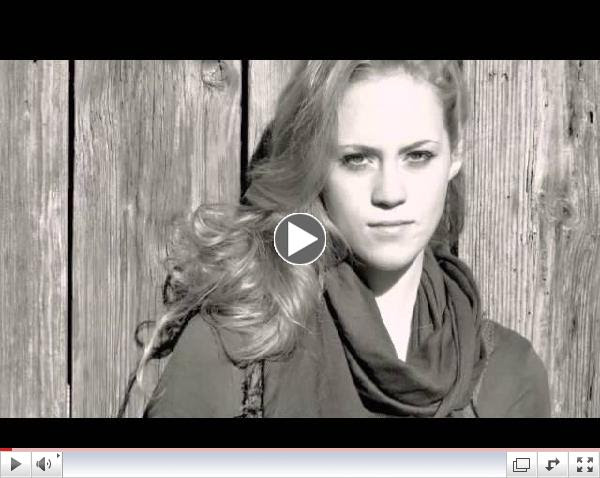Free Community Seminars
Presented by
Livengrin's Family Services Department
Continue learning and being part of recovery by attending free monthly seminars held this Spring:
Livengrin Counseling Center -- Oxford Valley
195 Bristol-Oxford Valley Road
Langhorne, PA 19047
*Each Seminar is 6-8 pm*
Monday, April 7, 2014: Co-Occurring Disroders,
by Tina Rowan, MA, CAADC, LPC
Monday, May 12, 2014: Relapse Prevention,
by Shane Moes, MA, CAADC
Monday, June 9, 2014: Brain Chemistry: Addiction & Recovery,
by William Lorman, PhD, MSN
Seating is limited -- these sessions often fill up so please register as soon as possible.
To register for the sessions or for more information,
Ample free parking!





